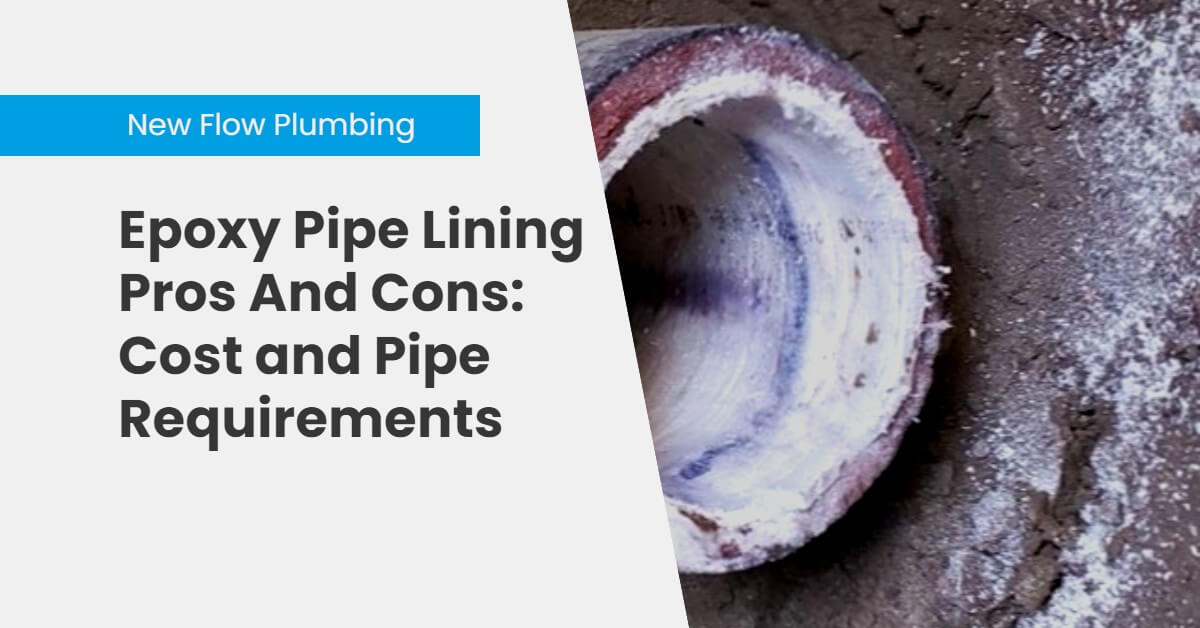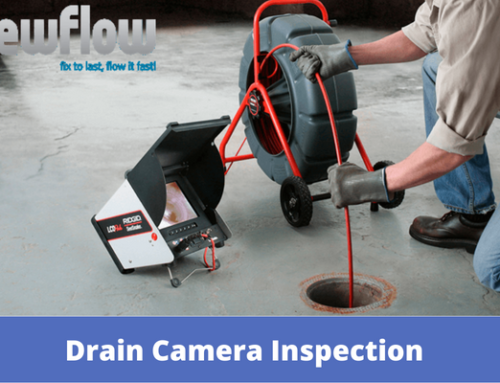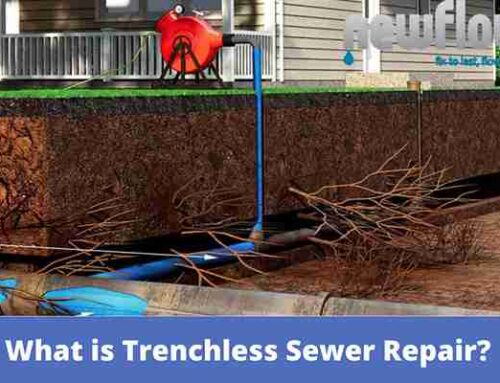Epoxy Pipe Lining Guide: Advantages, Disadvantages
When old pipes begin to fail, homeowners and property managers often face the difficult choice between replacing and repairing their plumbing. One option that has gained popularity is epoxy pipe lining, a method that restores damaged pipes without the mess of digging or demolition. Our favorite part about this process is how it creates a new, smooth inner layer inside the existing pipe, helping water flow more freely while sealing leaks. This makes it especially appealing for people dealing with recurring plumbing issues but wanting to avoid the high cost and disruption of full replacement. If you are curious about whether this solution is right for your property, this Epoxy Pipe Lining Guide will walk you through the advantages, disadvantages, costs, and pipe requirements, giving you the clarity you need before making a decision.
Understanding Epoxy Pipe Lining
Epoxy pipe lining is a trenchless plumbing repair method that involves coating the inside of an existing pipe with a special epoxy resin. Once cured, the resin forms a durable inner lining that acts as a new pipe within the old one. This process can restore functionality to pipes suffering from leaks, corrosion, or minor cracks without the need for major excavation.
The method was originally developed for large commercial and industrial projects, but over time, it has become accessible to homeowners and small businesses as well. It is often used in sewer lines, drain lines, and even potable water systems. What makes it appealing is that it extends the life of the existing pipes without the hassle of tearing out walls, floors, or landscaping.

How the Epoxy Pipe Lining Process Works
The process of epoxy pipe lining usually follows a few key steps:
- Inspection and Cleaning
A video camera inspection is used to assess the condition of the pipes. After this, high-pressure water or mechanical cleaning removes debris, rust, and buildup. - Drying the Pipes
For epoxy to properly bond, the pipes must be completely dry. Special air blowers are used to remove moisture. - Applying the Epoxy
An inflatable liner or air pressure is used to apply epoxy resin evenly inside the pipe. The resin coats the interior surface and fills small cracks or weak spots. - Curing the Lining
Heat or ambient air is used to harden the resin. Once cured, the epoxy becomes a smooth, tough inner pipe. - Final Inspection
Another camera inspection confirms that the pipe is fully lined and ready for use.
This streamlined process is often completed in just a day or two, depending on pipe length and condition, which is a huge benefit for anyone trying to avoid long interruptions.
Advantages of Epoxy Pipe Lining
One of the main reasons property owners turn to epoxy pipe lining is the number of benefits it offers.
Minimal Disruption
Unlike traditional pipe replacement, epoxy lining does not require major digging or demolition. Your yard, floors, and walls usually remain untouched, saving both time and money on restoration.
Extended Pipe Life
The epoxy coating forms a new barrier inside the existing pipe, resisting corrosion and leaks. Many epoxy-lined pipes can last 30 to 50 years with proper care.
Improved Water Flow
Old pipes often suffer from mineral buildup or rust that restricts water flow. The smooth epoxy surface improves water movement, reducing clogs and increasing efficiency.
Cost Savings
While not always the cheapest upfront option, epoxy lining is often less expensive than full pipe replacement once you factor in labor, excavation, and property damage repair costs.
Eco-Friendly Approach
By reusing existing pipes instead of replacing them, epoxy lining reduces waste and preserves natural resources.
These advantages make epoxy pipe lining a strong option for homeowners, commercial property managers, and anyone looking for a less invasive way to restore failing pipes.
Disadvantages of Epoxy Pipe Lining
While epoxy pipe lining has clear benefits, it is not a perfect solution. There are some limitations you should consider.
Pipe Condition Limitations
Severely collapsed or extensively damaged pipes cannot always be lined. If the structural integrity is gone, replacement may still be necessary.
Potential Health Concerns
Although the epoxy used today is generally considered safe once cured, some people worry about potential chemical leaching. Proper curing and using certified materials help minimize this risk.
Limited Diameter Range
Epoxy lining works best on pipes with a certain diameter range. Very small pipes or unusually large pipes may not be suitable.
Upfront Cost
While often cheaper than replacement, epoxy pipe lining is still a significant investment. For short pipe sections or minor issues, a spot repair may be more affordable.
Understanding these drawbacks helps you weigh whether epoxy pipe lining is the right choice for your property.
Cost of Epoxy Pipe Lining
One of the most common questions is: How much does epoxy pipe lining cost?
Costs vary widely depending on factors like pipe length, diameter, and condition. On average, homeowners may spend between $80 and $250 per linear foot for epoxy lining. For larger projects, total costs can range from a few thousand dollars to well over $10,000.
What drives the cost higher is:
- The number of bends and connections in the pipe
- Accessibility of the pipe entry points
- Extent of cleaning required before lining
- Type of system being lined (sewer, water, drain)
While the upfront price may seem high, epoxy lining often saves money over time by avoiding excavation, landscaping repairs, and frequent emergency fixes.
Pipe Requirements for Epoxy Lining
Not every pipe is a candidate for epoxy lining. Here are the general requirements:
- Pipe Structure: The existing pipe must still hold its basic shape. Fully collapsed pipes cannot be lined.
- Pipe Material: Common materials like cast iron, clay, PVC, concrete, and copper are often suitable.
- Pipe Size: Typically works best on pipes between 2 inches and 12 inches in diameter.
- Accessibility: Technicians need an entry and exit point to complete the lining process.
- Pipe Cleanliness: Pipes must be cleaned of rust, scale, and debris for the epoxy to bond properly.
If your system meets these requirements, epoxy lining could be a strong long-term solution.
Common Applications of Epoxy Pipe Lining
Epoxy lining is used in many settings, including:
- Residential sewer lines – Helps fix root intrusion and cracks without digging up the yard.
- Commercial plumbing systems – Extends the life of large-scale drain systems in offices, hotels, and apartment buildings.
- Potable water systems – In some cases, epoxy lining is approved for drinking water pipes, though regulations vary.
- Storm drains – Prevent leaks and help manage runoff without replacing large underground pipes.
These applications show how versatile the method can be for both small and large properties.
Comparing Epoxy Lining to Pipe Replacement
Choosing between epoxy lining and replacement depends on your situation.
- Epoxy Lining: Best for pipes that are structurally sound but suffering from leaks, corrosion, or buildup. Minimally invasive and faster to complete.
- Pipe Replacement: Better for pipes that have collapsed, shifted, or been severely damaged. Offers a complete reset but is more invasive and costly.
By comparing both options, you can make a more informed decision that balances cost, durability, and convenience.
Maintenance After Epoxy Pipe Lining
Even though epoxy-lined pipes are durable, they still benefit from proper care:
- Schedule periodic camera inspections to confirm the lining remains intact.
- Avoid pouring harsh chemicals down drains, as they can shorten the lining’s lifespan.
- Maintain good habits, like disposing of grease and debris properly, to prevent unnecessary strain.
With these steps, epoxy-lined pipes can serve reliably for decades.
Final Thoughts
Epoxy pipe lining has become an effective alternative to traditional pipe replacement. It offers homeowners and property managers a way to restore plumbing systems without the headaches of excavation and property damage. While it is not a universal fix, it provides significant benefits for those whose pipes meet the requirements.
This Epoxy Pipe Lining Guide has outlined the advantages, disadvantages, costs, and requirements so you can approach your plumbing decisions with confidence. By understanding both the strengths and limitations of this method, you can decide whether epoxy lining is the right solution to extend the life of your pipes and restore peace of mind.
FAQs

Arman Grigoryan
Founder & President of New Flow Plumbing
Arman Grigoryan is the founder and president of New Flow Plumbing, proudly serving Los Angeles, Sacramento, and surrounding areas. With extensive experience in plumbing diagnostics, he leads a skilled team specializing in advanced sewer and drain camera inspections to quickly identify problems and deliver lasting solutions. Arman is dedicated to using the latest technology to provide reliable service, honest answers, and dependable results for every customer.







